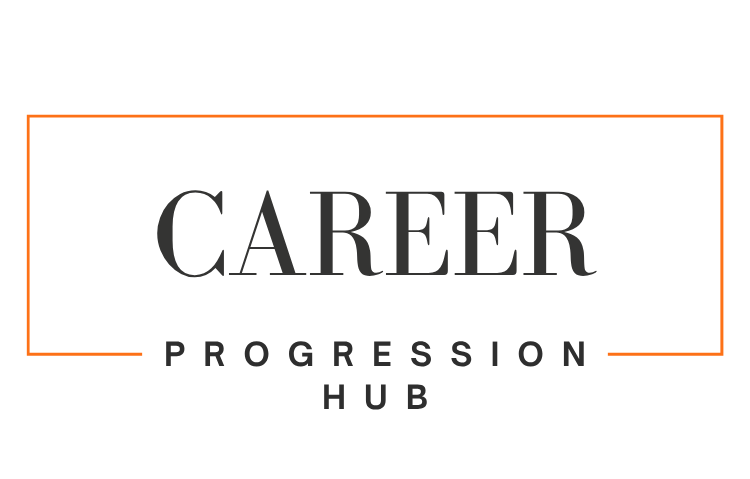Career Progression Hub
London, UK
In today’s fast-paced world, industries are undergoing rapid changes fueled by technology, shifting consumer expectations, and global economic dynamics. For senior leaders, staying ahead of these changes is not just about awareness but about strategic positioning—leveraging opportunities while managing potential disruptions. Navigating industry trends is a core competency that can define your success in steering your organization through change.
Why Monitoring Trends is Essential for Senior Leaders
The business landscape is no longer static, and industries are constantly disrupted by innovations and unforeseen challenges. Whether it’s the rise of artificial intelligence, sustainability mandates, or geopolitical shifts, leaders who remain informed can:
- Drive Innovation: Spot emerging technologies or practices that can be incorporated to gain a competitive edge.
- Mitigate Risks: Proactively address threats before they impact the organization.
- Seize Opportunities: Identify and act on market gaps or untapped customer needs ahead of competitors.
How to Stay Ahead of Industry Disruptions
1. Commit to Continuous Learning
As a senior leader, lifelong learning is critical. Attend industry conferences, enroll in executive education programs, and engage with thought leaders to stay updated on the latest trends. Subscribing to trade journals, podcasts, and webinars tailored to your sector can also provide timely insights.
2. Build a Strong Network
Your peers can often be your best resource for staying informed. Engage with fellow leaders, both within and outside your industry, to exchange perspectives on challenges and innovations. Networking events and professional associations are excellent platforms to foster these connections.
3. Leverage Technology and Data
Advanced analytics and AI-driven tools can help leaders monitor trends in real-time. Platforms like LinkedIn Insights, market analysis tools, and AI-driven dashboards can offer up-to-date information about customer behaviors, competitor movements, and macroeconomic trends.
4. Collaborate with Emerging Talent
Younger professionals and rising leaders within your organization often have a pulse on new trends, particularly those driven by technology or cultural shifts. Encourage reverse mentoring, where junior team members share their insights with senior leadership.
5. Maintain a Global Perspective
In an increasingly interconnected world, trends often start in one region and quickly spread. Keeping an eye on global markets, regulations, and technologies ensures you’re not caught off guard by changes outside your local sphere of influence.
Turning Disruptions into Opportunities
Senior leaders must look beyond merely identifying trends—they must anticipate their implications and integrate them into their strategic planning. For example:
- Digital Transformation: Instead of fearing automation, consider how integrating AI or IoT technologies can streamline operations or open new revenue streams.
- Sustainability Pressures: Meet consumer and regulatory demands by embedding ESG principles into your core business strategy.
- Talent Shortages: Address labor challenges by fostering a strong employer brand, investing in upskilling, and embracing diverse hiring practices.
Case Study: The Role of Leadership in Adapting to Change
Take the manufacturing sector as an example: the pandemic accelerated the adoption of digital tools like predictive maintenance and real-time supply chain monitoring. Leaders who were quick to recognize the importance of digitalization reaped the benefits of improved efficiency and resilience.
Those who hesitated were left grappling with inefficiencies and unable to meet evolving customer expectations. This demonstrates how proactive leadership can turn disruptive trends into long-term competitive advantages.
Final Thoughts
For senior leaders, navigating industry trends is about more than staying informed—it’s about crafting a vision for the future that ensures your organization’s growth and relevance. By embracing continuous learning, leveraging data, and fostering innovative cultures, you position yourself and your organization to not only survive disruption but thrive in its wake.
In a world of constant change, the most successful leaders are those who stay curious, adaptable, and forward-thinking. What’s your next move in navigating the trends shaping your industry?







